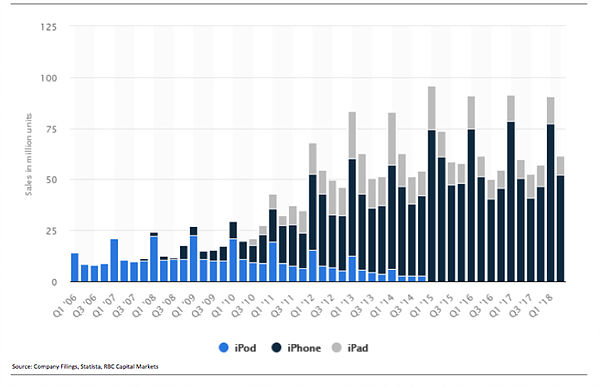Embracing a new business model costs money and may seem like a risky bet. But, by encouraging agility, it can be a path to future success.
The history of DVD rental is a classic example of this in action. In 2000, Netflix approached Blockbuster with a proposal to partner in its new subscription DVD rental model. Blockbuster, then the leader in traditional video stores, rejected that offer and went bust in 2010.
However, there is more to a better business model than just making desirable products. Apple’s iPod was not the first digital music player on the market when it launched in 2001. The Rio and the Cabo 64 – both stylish and high-performing – were already available. But Apple decided to ‘think different’: by providing low-cost iTunes subscriptions with the iPod, it created an attractive value bundle for the consumer, successfully locking in sales of the higher margin iPod. A superior business model wiped out the competition. But Apple did not stop there: it then self-cannibalized its own iPod with the 2007 launch of the iPhone which integrated all the iPod’s functions. Apple retained and increased its leadership position by being agile and having the courage to disrupt its own legacy technology.

McDonald’s, the burger chain, recently altered its business model in the face of falling market share across many major markets, including the US. It had three aims: to enable more rapid decision-making, encourage the right behavior from its franchisees and ultimately deliver an improved consumer experience.
This bold move has paid off. By flattening its management structure, refocusing on the consumer and accelerating decision-making, McDonalds has seen tangible benefits: strong franchisees are reinvesting in digital capabilities, improving the food quality and renovating tired restaurants.
The Agility Imperative: Up close
The future will be determined by those who are willing to reinvest, adapt and turn future threats into opportunities.